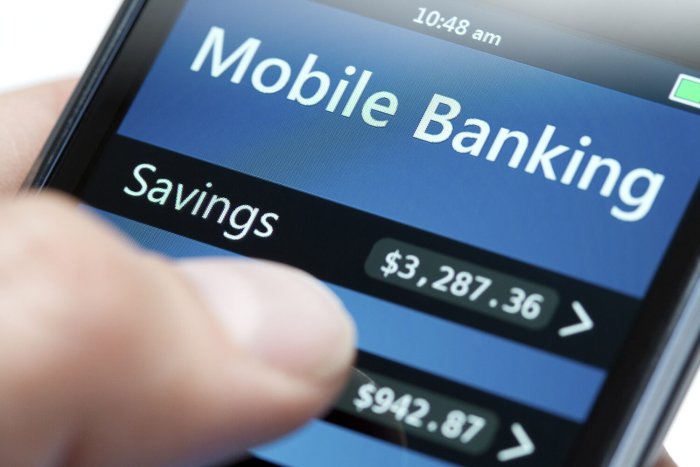
Mobile Money: Pricing as a Pillar of Profitability for Mobile Payment Solutions
Launched over 10 years ago by Kenyan operator Safaricom through its M-Pesa service, mobile money quickly became the benchmark for financial inclusion in Africa. But what exactly is mobile money, and why is pricing such a critical factor in ensuring its sustainability?
A Diverse Market Landscape
Around 140 players currently operate in the African mobile money market. The major ones include M-Pesa, MTN Money, Orange Money, Airtel Money, and Tigo-Cash, along with non-telecom actors like Wari, Western Union, MoneyGram, and Express Union.
The flagship service is domestic money transfer. Operators are also diversifying into prepaid satellite products such as bill payments, international transfers, and, particularly for mobile operators, airtime top-ups, salary payments, and payments to local or online merchants. These transactions are executed via mobile phones, even basic models, using a simple shortcode system (e.g., #144#) as long as the user is within the network's coverage area.
According to the GSMA, Sub-Saharan Africa accounted for nearly 70% of active accounts, with around 82 million monthly users at the end of 2016.
In a highly competitive local market, how important is pricing in helping mobile money operators sustain and grow their presence? The following analysis focuses specifically on mobile operators offering money transfer services.
Revenue and Cost Structures
Mobile money services derive most of their income from cash withdrawals through peer-to-peer (P2P) transfers, with an increasing share coming from international transfers. Before any transaction, customers must first make a deposit to fund their account, commonly referred to as a wallet. This deposit is typically free for the user, as it increases the volume of electronic money in circulation.
Mobile money services rely heavily on external distribution networks — agents spread across key geographic areas to ensure effective national coverage. These agents earn commissions on every deposit and withdrawal.
By dividing total client transaction revenue by the commissions paid to the distribution network, one can calculate the gross commercial margin of the service. In 2015, mobile money operators paid out 54% of their revenues as commissions to agents (GSMA, 2015).
This rate, which may seem high, becomes even more critical in the context of fraud, which is a growing concern among operators — often stemming not only from customers but from retail agents themselves.
One widespread example is deposit splitting: breaking down a larger transaction into multiple smaller deposits to maximize agent commissions. This not only harms the user experience for honest customers but also undermines the operator’s margin, sometimes even making it negative.
Finding the Right Balance Between Customer Fees and Agent Commissions
It is therefore crucial for mobile money operators to strike a balance between customer pricing and agent commissions. This balance directly affects the gross margin rate. The worst-case scenario would be paying out more in commissions than what is collected in customer fees, resulting in negative margins.
Agent commissions are the largest cost driver for mobile money services. Operators must align their payout rates with industry benchmarks to remain competitive and sustainable.
In highly competitive markets where customer pricing is low but agent commissions are high, the risk of transaction splitting increases significantly. Operators must therefore set limits on the number of cash-in / cash-out transactions per user to mitigate this risk and ensure medium-term profitability of their mobile money business.
[1] Source: GSMA, 2015





